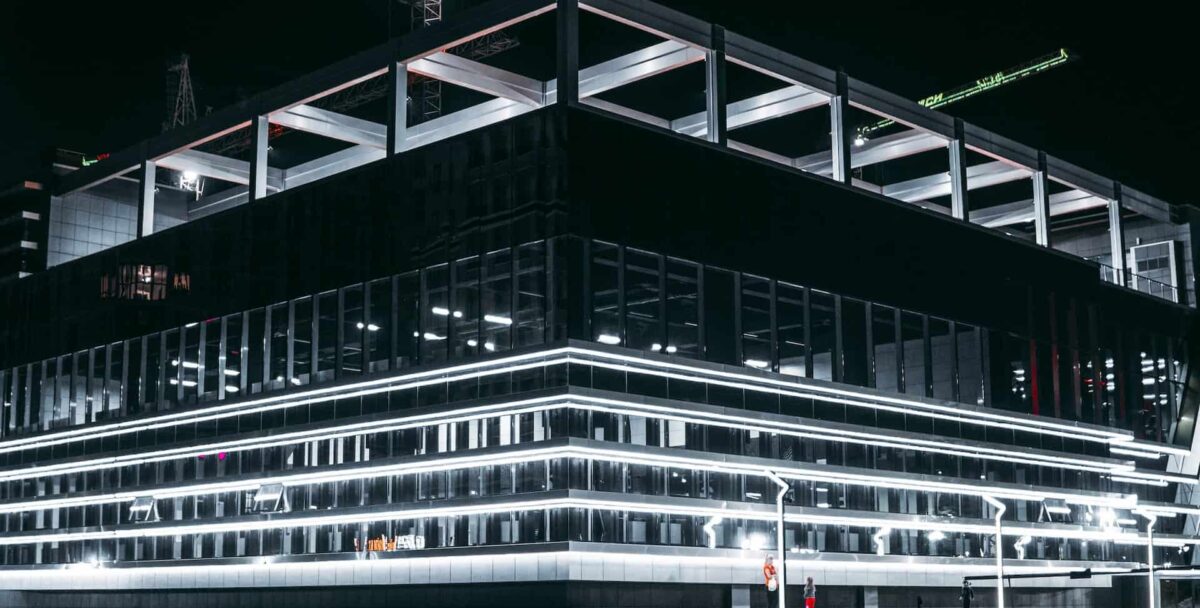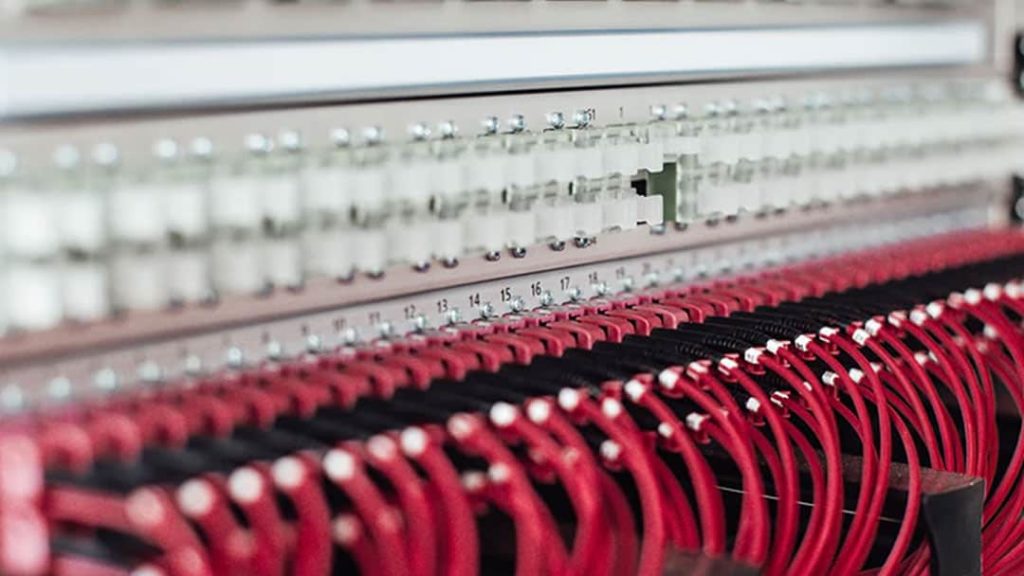The data center industry is ever-changing, leaving many professionals wondering what lies ahead in 2023.
We’ve identified eight trends that are most likely to impact the industry this year, and we want to offer you a high-level view of what’s happening and what changes might be in store.
Related: Improving Efficiency and Energy Usage in Data Centers
1. A Focus on Uptime and Resiliency
Uptime is the number one priority in the data center industry, but as more organizations adopt a hybrid infrastructure, it becomes more complex. Uptime requires backup and failover strategies that span across the cloud, edge infrastructure, and on-site facilities.
As the world becomes increasingly dependent on IT services and data centers, uptime and reliability will be under greater scrutiny, requiring further improvements. While the overall number of outages has gone down, the consequences of an outage continue to worsen.
IT outages have become less binary because applications are composed of distributed services and components, resulting in failures that are often partial and dependent on different user configurations.
An outage’s impact depends on the provider and location, and in 2023, many data centers will optimize their architectures to better withstand outages from third-party sources.
2. Rapid Infrastructure Growth
With the influx of global capital comes the rapid growth of digital infrastructure. In 2023, the data center industry will see capital infusion extending to regional markets and service providers that specialize in edge computing and “second-tier” cities.
We saw clear signs of this happening in 2021, and we expect more growth and investment this year. At the same time, regional chains are bulking up and raising funds. DataBank (the edge computing brand under DigitalBridge, raised nearly a billion USD to deploy more data center capacity and began a project to expand 10 data centers in six months.
In addition, EdgeConneX added almost 20 million megawatts of capacity across six regional markets, and Cologix is prepping to fund further growth.
3. The Problem of Community Resistance
While every community wants great internet and the services that come with it, they’re less enthusiastic about data centers being built in their town. There’s a growing narrative stating that data centers are undesirable as neighbors, and if this sentiment continues, growth in key markets could slow in 2023.
Community resistance is becoming a challenge in some of the most crucial data center markets. It’s an industry-wide problem, and to solve it, data center operators need to learn to be good neighbors in residential areas and get better at explaining why their facilities will benefit the community rather than becoming a noise problem and eyesore.
Every data center developer in 2023 needs to strategize how to address the concerns and questions of local communities where new construction and expansions will happen.
Related: Sustainable Data Centers: 2023 Outlook
With more people talking about the metaverse, data center operators need to answer a crucial question: what type of network, storage, and server infrastructure do we need to make it work?
No matter what form they take, metaverse technologies will be resource-intensive, and we’ll learn much more about this in 2023.
Raja Koduri of Intel stated that to reach a truly immersive and persistent computing experience accessible by everyone in real-time, we need an increase of 1,000 times in computational efficiency from the state-of-the-art equipment we use today.
The data center industry can’t predict the future of the metaverse, but they can assume that they’ll need sustainable, future-proof technologies like liquid cooling to keep up with higher-density applications.
4. Site Selection Considerations
Site selection will be even more crucial in 2023, and choosing the right location to build a data center has never been easy. However, it is becoming a strategic priority as data center builders look for larger real estate while balancing tensions like climate concerns, community interest, and the scarcity of resources like water and power.
Climate change is a key issue for the data center industry, and it’s altering the status quo in energy sourcing and real estate. The most significant data center markets must address concerns about their supply of renewable energy and water sources throughout 2023 as space becomes more limited.
5. Supply Chain Pressures
While project delays weren’t a huge problem in 2021 with operators deploying various strategies to mitigate supply chain risks, some data center industry analysts believe that we will see more equipment and construction labor delays in 2023.
These disruptions could negatively affect data center development while delaying the delivery of new supplies. Plus, uncertainty still looms amid the pandemic-related restrictions for global markets, especially in Asia-Pacific. Increased shipping delays and material shortages have the potential to significantly delay new data center development and impact the refresh cycles of existing facilities.
These delays could significantly raise costs for operating and expanding data centers.
6. Data Centers and Renewable Energy
It’s been ten years since Microsoft laid out plans to integrate renewable energy and computing. And Google and Switch are beginning to adopt utility-scale energy storage. As we get further into 2023, we will enter a new phase that’s driven by the demand for data centers powered by renewable energy and the pockets of global investors.
Hybrid electricity solutions, like those backed by microgrids, can fill the gap left between the industry’s net-zero goals and its current shortcomings. By integrating new energy generation and storage sources, the data center industry can create an energy arbitrage system where they can source the cheapest power options at any time of day.
Related: Power Usage Effectiveness: A Complete Guide
7. The Shift to Better Cooling Systems
While many in the data center industry know it’s been coming, it looks like it’s finally here: the adoption of liquid cooling systems. We predict to see significant strides in 2023. There are several things prompting a reassessment of how we cool our data centers, including the pressure to eliminate water usage in cooling servers, new high-density hardware generating more heat, and the major progress we’ve seen in enabling liquid cooling solutions.
Microsoft and two of the biggest multi-tenant data centers, Digital Realty and Equinix, are already preparing for the broader use of liquid cooling in their facilities. It’s time for others to start planning for this shift to liquid cooling, too.
Is it time to upgrade your data center’s cooling system? Book a call with us and learn how our data center cooling experts can help improve your energy efficiency.
Last Updated on January 27, 2023 by Josh Mahan




